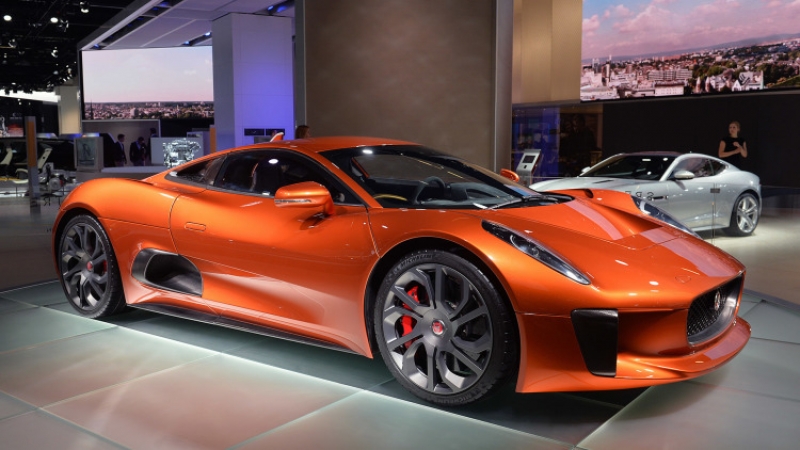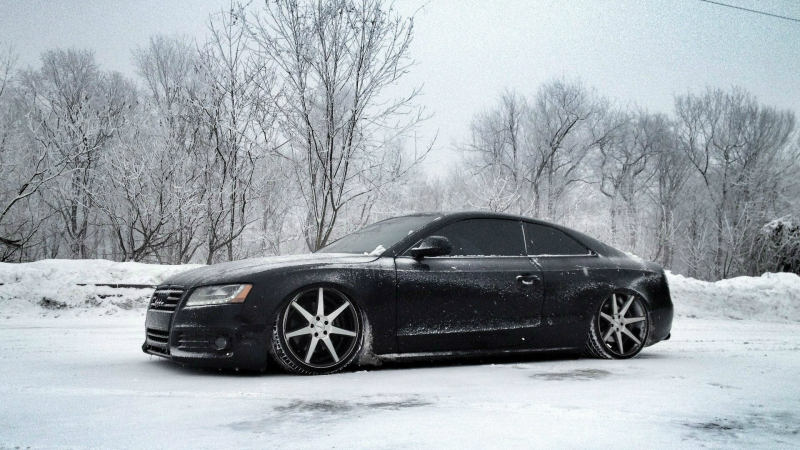We guess some of you heard about the Jaguar's C-X75 concept car debuted at the 2010 Paris Motor Show. This is a hybrid-electric, 2-seat car that produces 778 horsepower through four YASA electric motors. In may 2011 the company announced its plans to launch a limited production of the Jaguar C-X75 until 2015. A maximum of 250 cars were planned to be built in partnership with Formula One team Williams F1.
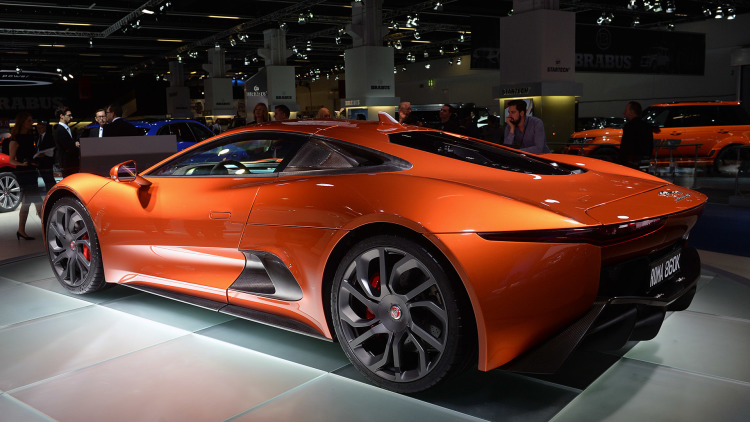
In December 2012 the automaker announced the cancellation of production of the C-X75 sports car, abandoning plans to replace the XK coupe and convertible. This happened due to the ongoing global economic crisis. The concept car appears in the 2015 James Bond film, "Spectre", as Mr. Hinx's car. Finally, the carmaker has turned toward building two electric vehicles (EV). One of them would be a replacement for the JX sedan and the other one a premium SUV.
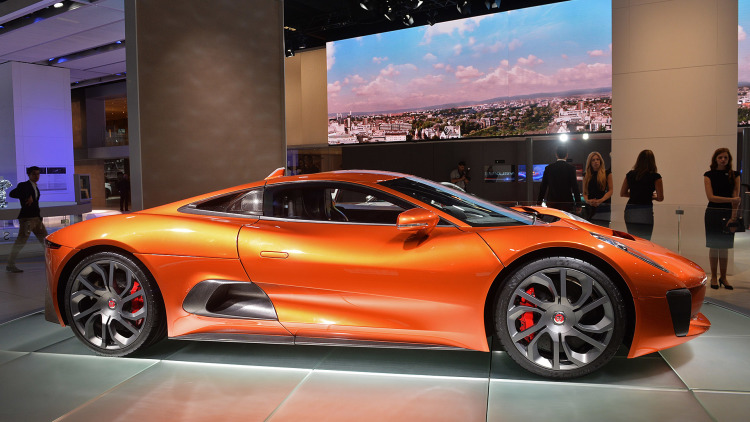
The new luxury EV was codenamed X590. It became clear that this would be a four-door coupe with a rear hatch that signifies a drastic shift in strategy by Jaguar. The model will utilize a new electronic architecture that can be adapted to accommodate the software for autonomous driving capability that was developed under former BMW engineer Wolfgang Ziebart. Jaguar looks to take on the Tesla Model S and the slew of electric vehicles from Germany with the X590. Jaguar hopes that its EV will allow the automaker to expand to a new segment, but still, it will contiinue to sell the current XJ alongside the X590.
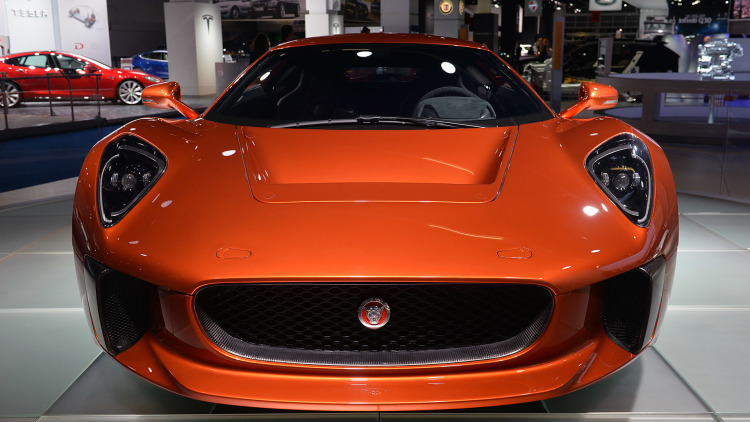
We hope that Jaguar will put an electric SUV on the road shortly after the X590 in 2019. The vehicle is going to have a modern look with a focus on aerodynamics. The SUV will be offered as a rear-wheel-drive model with one motor or an all-wheel-drive version with two motors. Both of these vehicles will have a choice of three battery packs based on range, performance, and charge time. Jaguar expects to put 20,000 to 30,000 units of the X590 on the road every year. The Jaguar's luxury SUV should be more affordable and it is expected that the automaker will have a production rate between 30,000 and 50,000 units.
